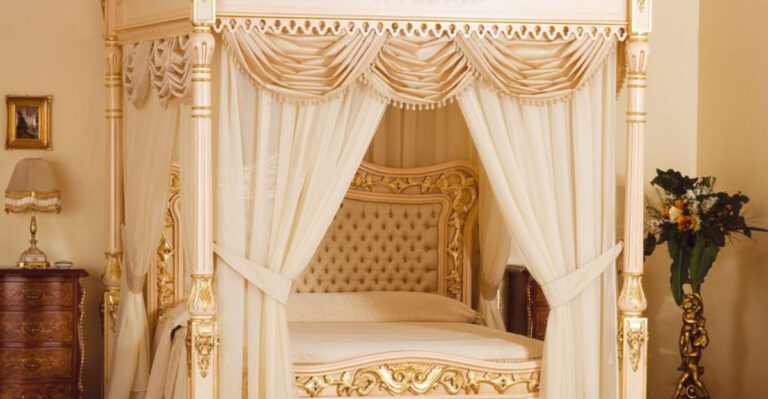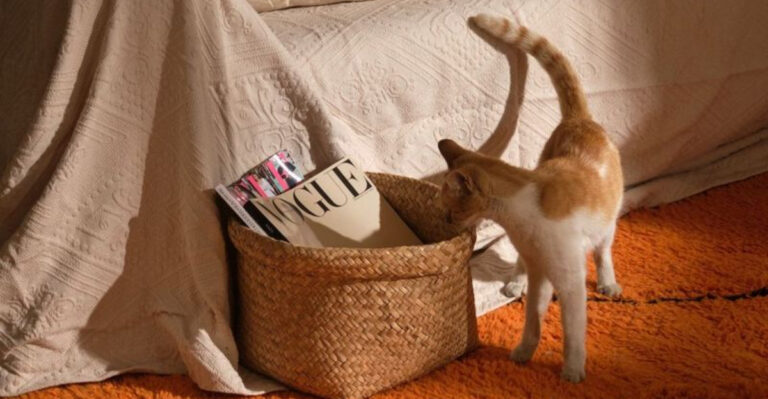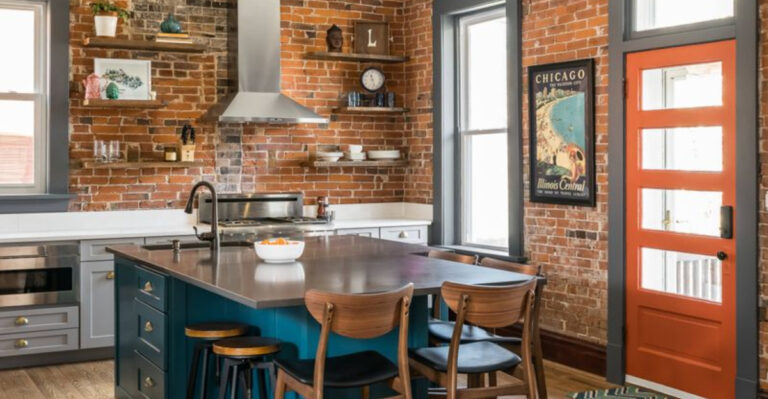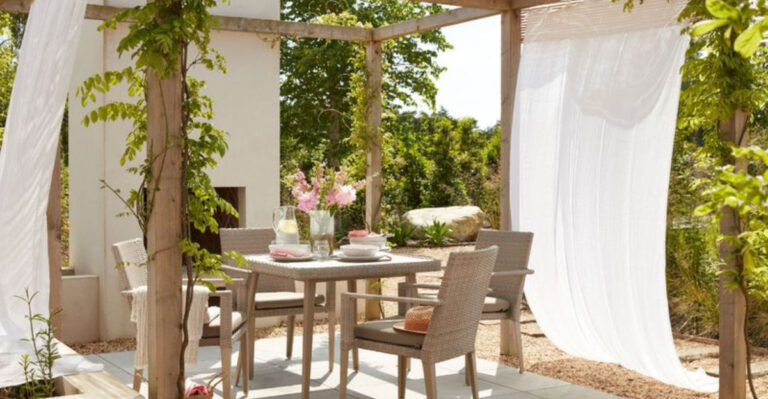20 Mirror Placement Mistakes Ruining Your Room
Mirrors can make or break a room’s ambiance. Improper placement can lead to blunders that disrupt the harmony and aesthetic appeal of your space.
Here, we explore 20 common mistakes people make with mirrors, showing how these missteps can transform reflections from decorative enhancements to unfortunate eyesores.
1. Facing the Toilet? Why?

Imagine your reflection staring back at you during your most private moments. Placing a mirror opposite the toilet is an unforgivable faux pas that disrupts tranquility and privacy. Instead, opt for positioning that reflects elegance, not embarrassment. Consider angles that enhance the room’s aesthetics without intruding on your personal space.
2. That Overhead Ceiling Fan
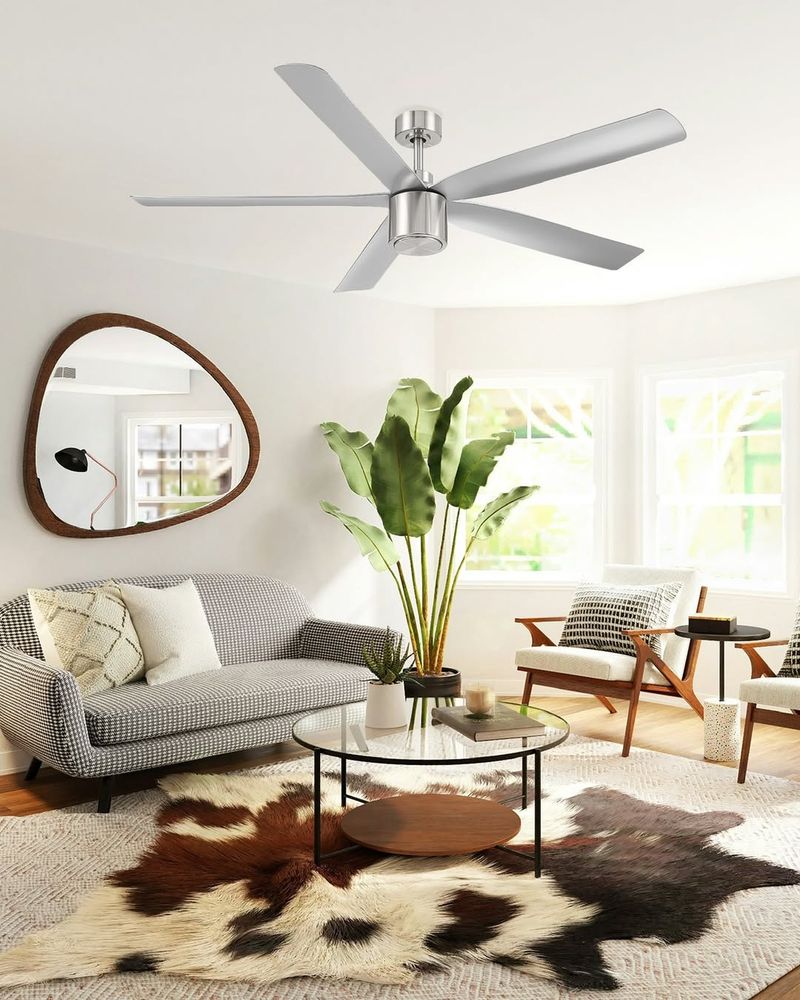
Ceiling fans might keep you cool, but their reflection in a mirror creates a vortex of visual confusion. Such placement mistake spins an otherwise calm setting into chaos. Focus on reflecting something serene like artwork or a window view. Your room deserves a reflection as relaxed as your chosen decor.
3. Stop Hanging Mirrors Like Clocks
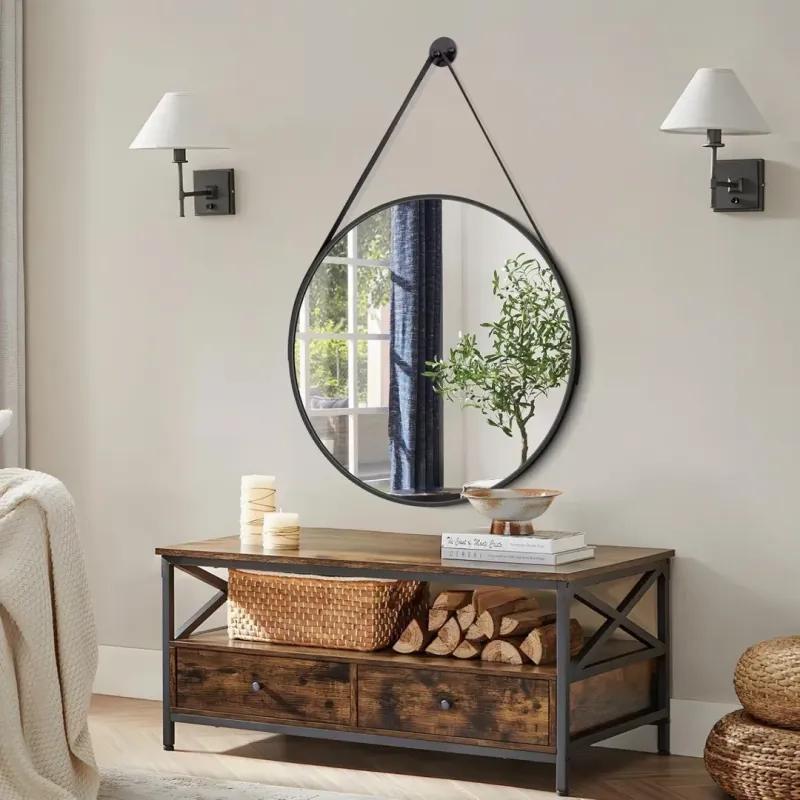
Mirrors are not clocks, so why hang them like one? Perched too high, they lose their functionality and aesthetic charm, leaving your room feeling disconnected. Aim for eye-level placement to keep reflections engaging and relatable. Your walls will thank you for this thoughtful display decision.
4. Mirror-on-Mirror Horror
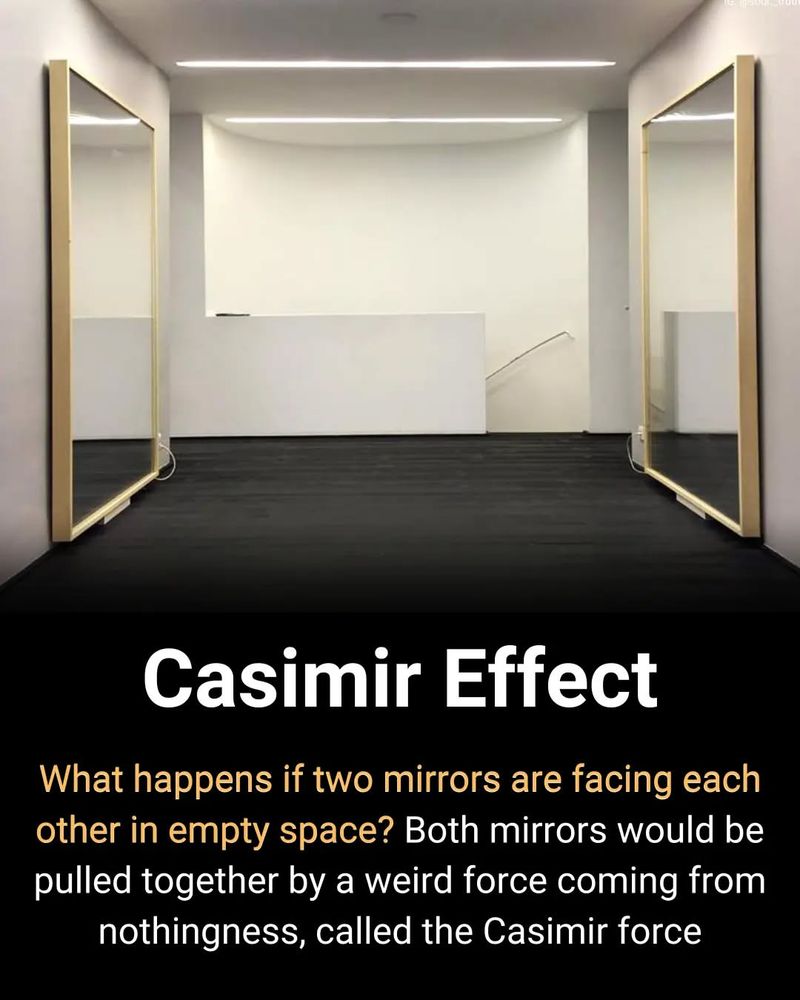
Facing mirrors might seem intriguing, but endless reflections are nothing short of a horror show. Choose a single focal mirror to create a statement, and let the rest of your decor complement it without competing for attention.
5. Sorry, TV Reflections Aren’t Decor

Mirroring your TV might sound like a space-saving trick, but it’s more of an eyesore than an innovator. Instead, reflect something of beauty or interest, like a plant or a piece of art, to enhance the room’s charm and not the screen time.
6. Reflecting Clutter is Never Chic
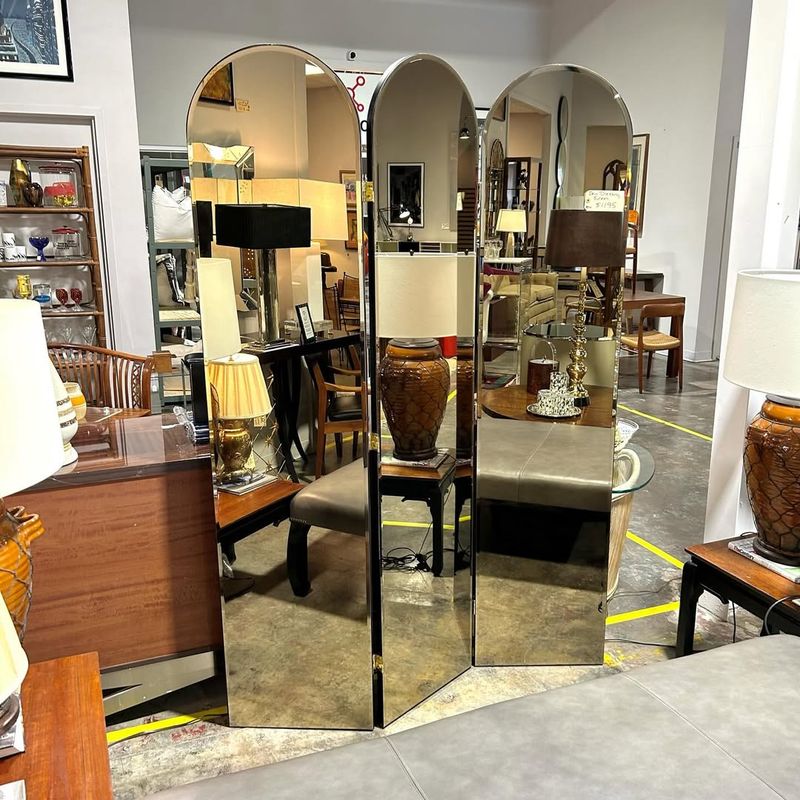
Mirrors amplifying clutter only double the chaos. When a mirror reflects a disorganized mess, it magnifies the lack of order, making a room feel twice as untidy. Position mirrors to capture order and simplicity, turning them into portals of calm rather than chaos.
7. Not Another Art Gallery
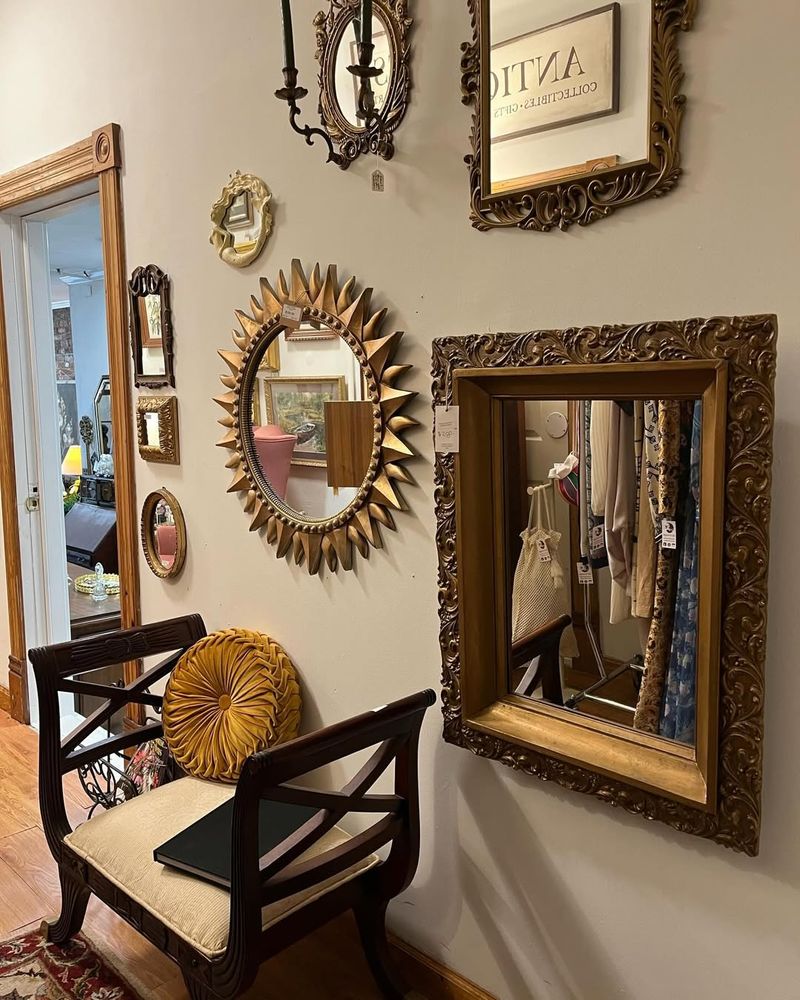
Turning your room into a hall of mirrors might seem artsy, but it’s more overwhelming than appealing. A single statement mirror is enough to command attention without overshadowing other elements of your design.
8. Reflecting the Entryway Shoes
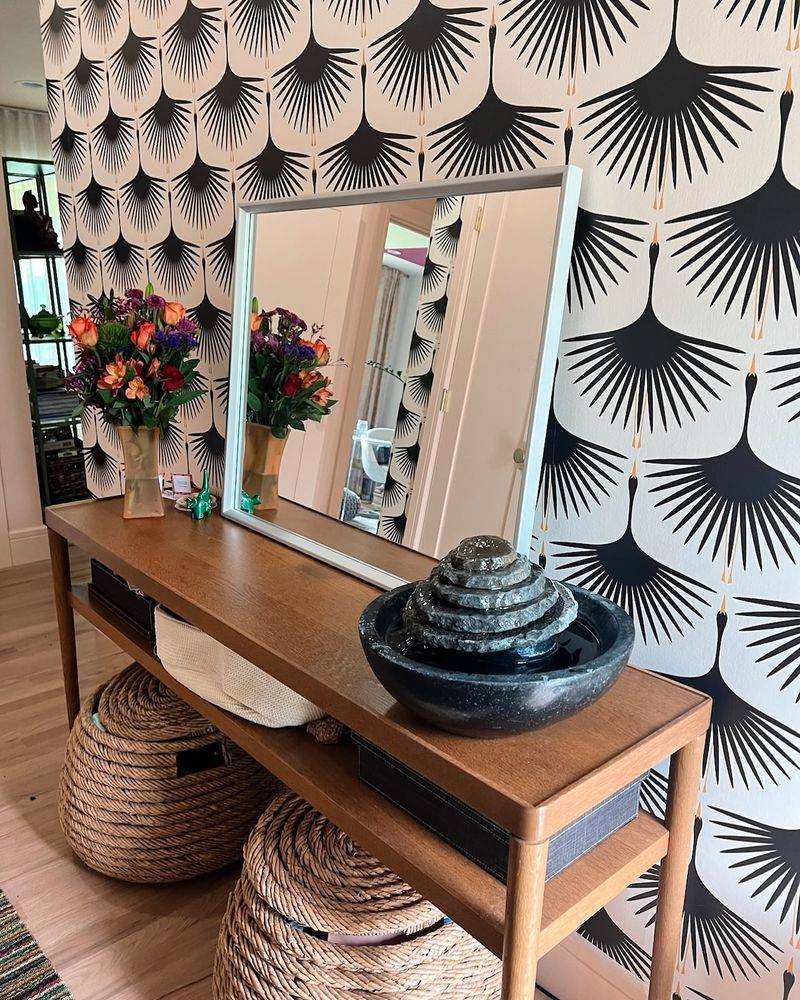
Mirrors in entryways are great—until they reflect a pile of shoes. This placement mistake greets guests with clutter rather than charm. Adjust your mirror to reflect something more welcoming, like a piece of art or a plant, creating an inviting atmosphere from the moment one enters.
9. Pet Reflections: Cute But Chaotic
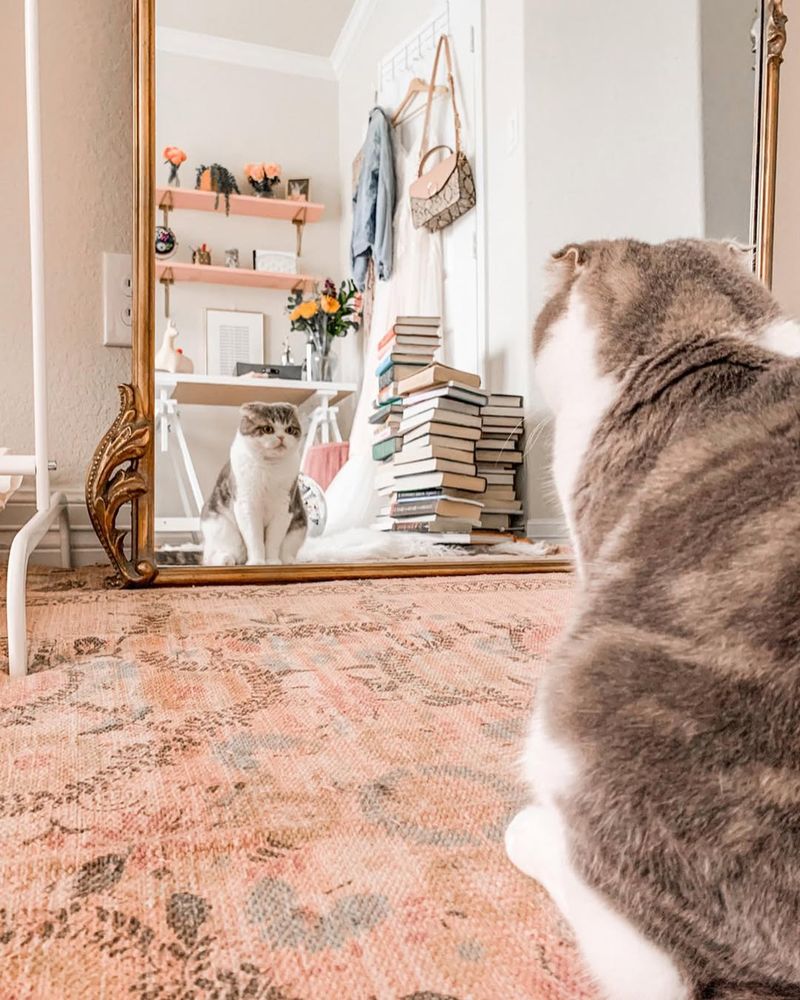
Reflecting your pet’s play area may seem adorable at first glance, but it quickly turns chaotic. The playful energy mirrored throughout can make a room feel cluttered and unruly. Instead, highlight a calmer scene in your space to maintain a tranquil atmosphere.
10. The Off-Center Disaster
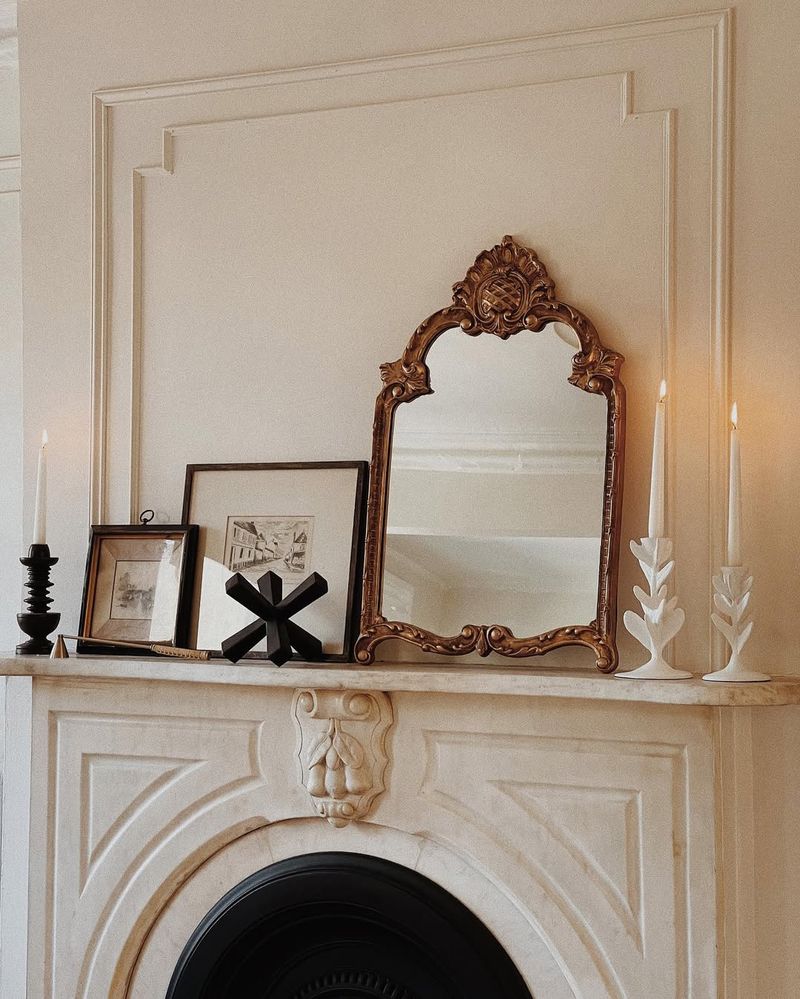
An off-center mirror can throw the harmony of an entire room off balance. Center your mirror above significant elements like fireplaces or furniture to create visual balance and cohesion in your space.
11. Don’t Reflect the Kitchen Sink
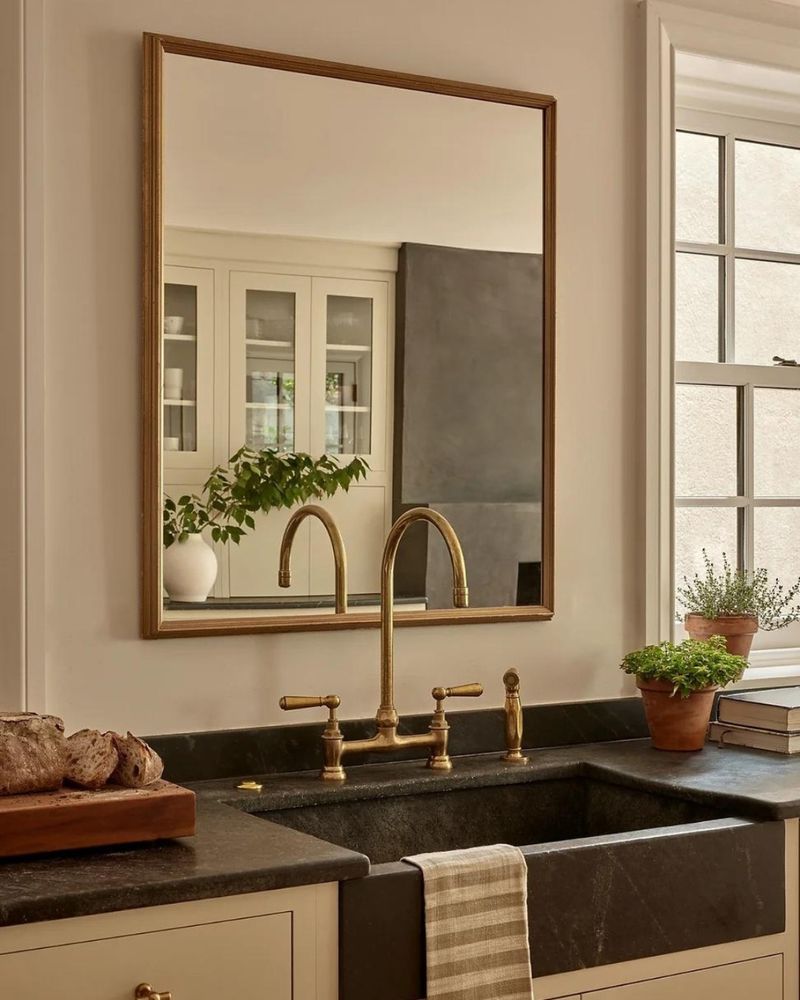
Kitchen mirrors reflecting the sink area might sound innovative, but it’s a recipe for clutter. The chaos of dishes and splash of water do not make for an appealing sight. Opt for reflecting a tidy countertop or a decorative backsplash to enhance your kitchen’s aesthetic instead.
12. Too Tall Mirrors: The Giraffe Effect

An overly tall mirror can dwarf a room, creating a ‘giraffe effect’ that makes spaces feel awkward and mismatched. Scale your mirrors to fit the room’s proportions, allowing them to enhance rather than overpower your decor.
13. Facing Direct Sunlight: The Glare Trap

Positioning a mirror to catch direct sunlight can create a glare trap, transforming a cozy room into a blinding experience. Instead, angle mirrors to bounce light gently around the room, enhancing warmth without the unwanted shine.
14. The Feng Shui Faux Pas
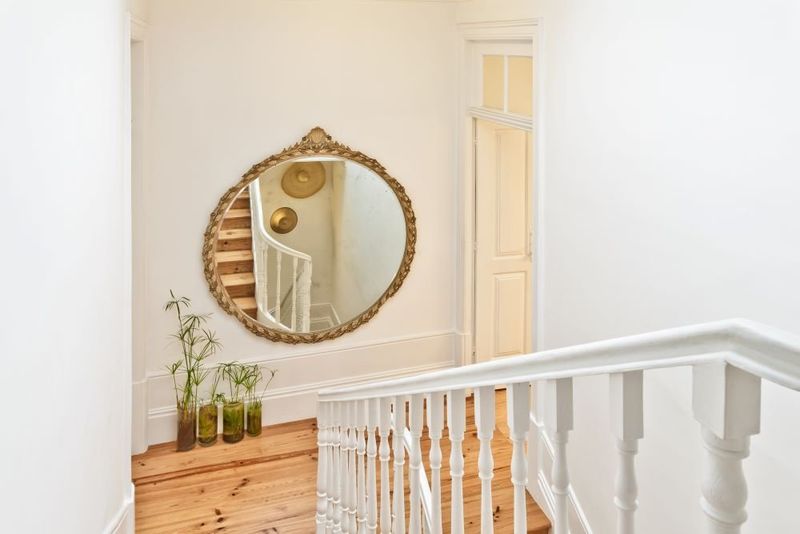
Placing a mirror opposite the main door is a feng shui faux pas, believed to push positive energy away. This placement mistake can lead to a sense of discomfort and imbalance. Rather choose positions that reflect harmony and invite energy into the room rather than repel it.
15. Overwhelmed by Symmetry

Symmetry is pleasing, but an obsession can lead to a monotonous and dull space. Too many matching mirrors restrict creativity and dynamism. Break the pattern with an asymmetrical layout or varying shapes and sizes to foster interest and depth within your decor.
16. Reflecting the Ceiling

Mirrors that reflect ceilings can leave you feeling dizzy and disoriented. This mistake captures views that detract from the room’s ambiance. Lower your mirrors to reflect more engaging scenes at eye level, enhancing room cohesion and visual appeal without the vertigo effect.
17. That ‘80s Mirrored Furniture Overload
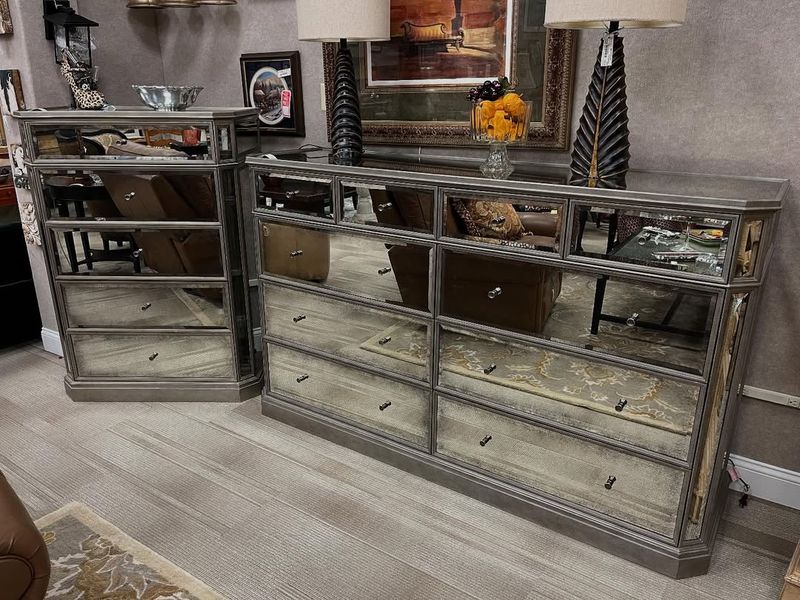
Mirrored furniture had its heyday, but too much turns a room into an ‘80s flashback. This overload confuses the eye and clutters the space. Keep mirrored elements minimal to let them shine as accents, rather than overwhelming the room’s narrative.
18. Reflecting Windows: A View to Nowhere

Mirrors reflecting windows might seem like a space-expanding trick, but it often results in a view to nowhere. This misstep creates disorientation rather than delight. Position mirrors to reflect beautiful interiors or bring light into darker areas, enhancing rather than duplicating views.
19. The Wrong Angle Nightmare

Incorrect angles can turn mirrors into nightmares, reflecting awkward nooks that clash with your decor. Adjust angles to capture the best aspects of your space, creating harmony and balance in your reflective surfaces.
20. Small Mirror, Big Wall: Lost and Found
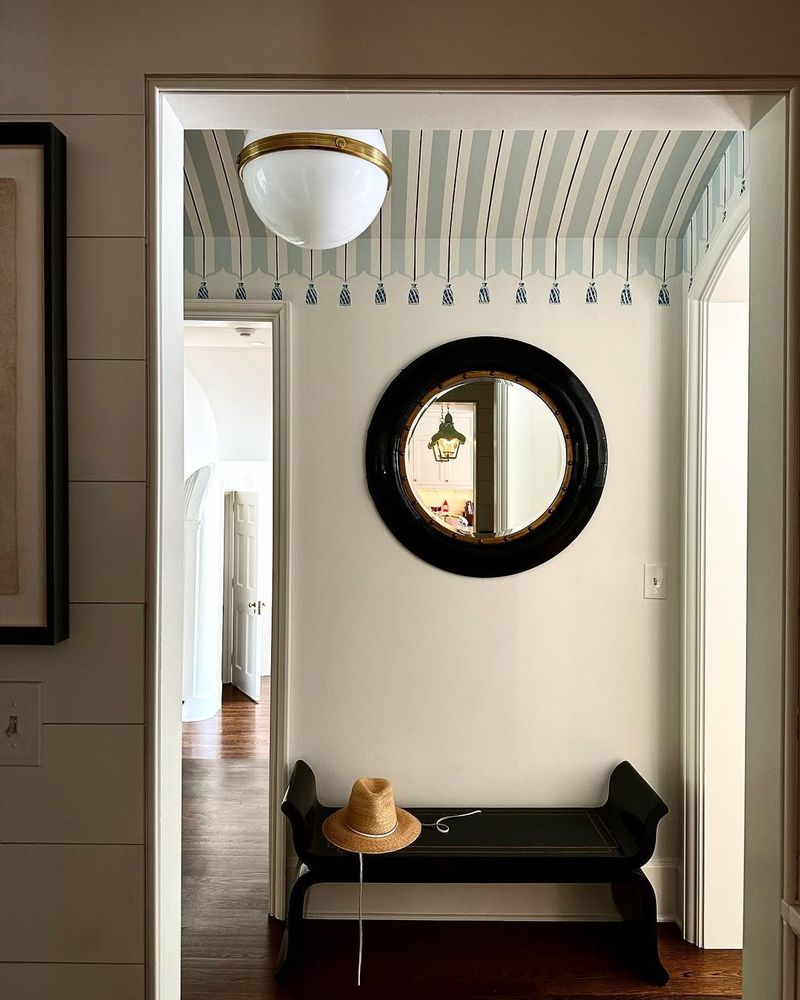
A small mirror on a big wall is like a needle in a haystack—easily lost and ineffective. This choice leaves spaces feeling disproportionate and lacking impact. Choose appropriately sized mirrors that complement the wall’s dimensions, amplifying their presence without overwhelming the space.




